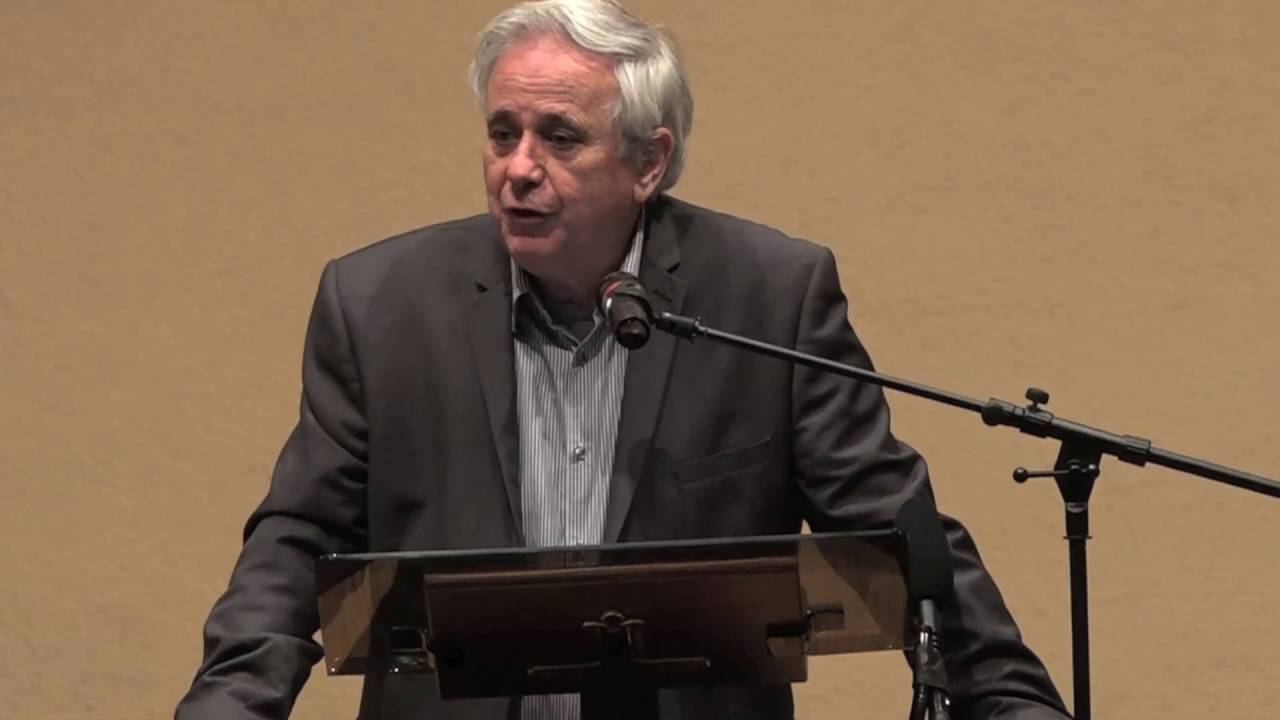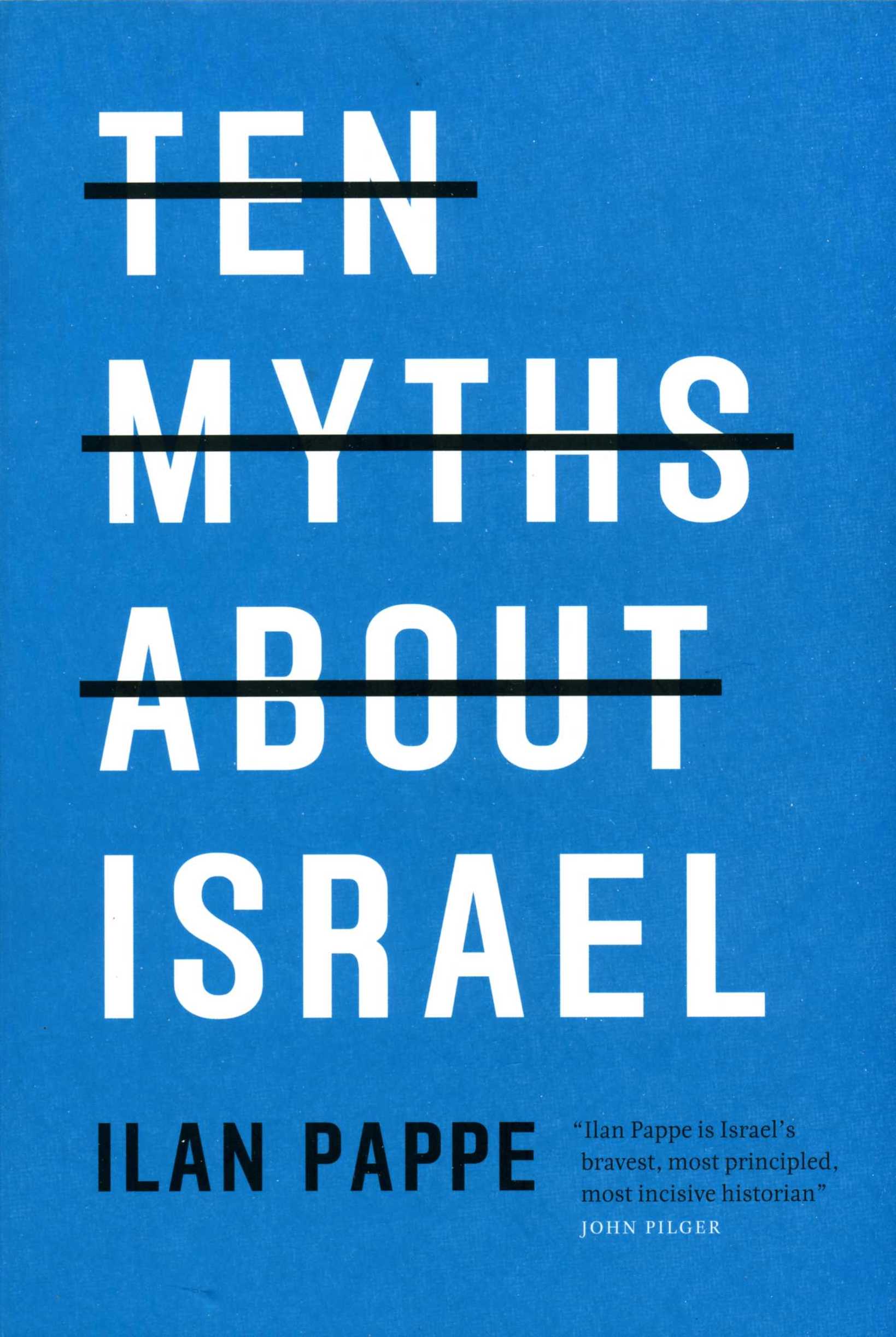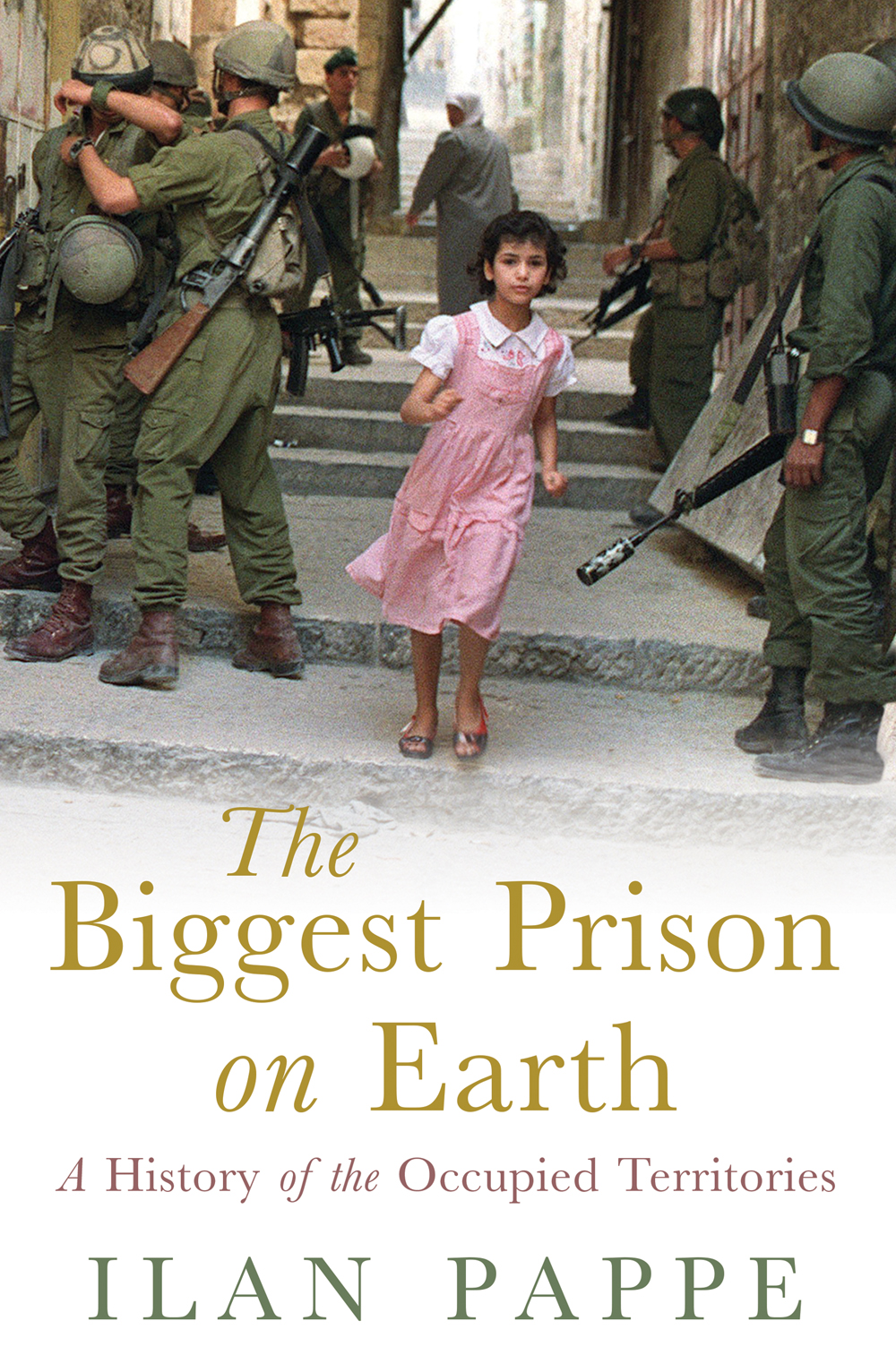Israel′s mega-prison

Ten Myths About Israel (Verso) is a paperback intended to be accessible to the general reader. The hefty hardback The Biggest Prison on Earth: A History of the Occupied Territories (Oneworld Publications) drills into the 50-year Israeli occupation of the West Bank and Gaza. It is rich in recently declassified material from the Israel State Archives.
The publication of the books coincides with two key anniversaries this year: the centenary of the Balfour Declaration and the fiftieth anniversary of the June 1967 six-day Arab-Israeli war.
At the launch of Ten Myths About Israel at the Mosaic Rooms in London, Pappe said the idea of the book had come to him during a visit to Australia. At the National Press Club in Canberra he had discussed Israel and Palestine with politicians, diplomats and journalists. ″I was surprised how they repeated one Israeli myth after another.″
Distortions with global resonance

He has had similar experiences at the Houses of Parliament in London and with U.S. politicians. ″Basic historical facts about the reality of Israel and Palestine are not known to people who impact and affect the lives of those who live in Israel and Palestine,″ he said.
″This might have been forgiven 20 or 30 years ago when there was very little new research on Israel and Palestine, but in the last 25 years so much new stuff has been written about Israel and Palestine, a lot of it by critical Israeli scholars.″
He thinks the distorted historical picture ″may help explain our difficulty in changing European, American and Western policy towards the question of Israel and Palestine.″
In Ten Myths About Israel Pappe tries to debunk some of the most important myths of Israel. The first part of the book is on the past and explores six myths: ″Palestine was an empty land″; ″The Jews were a people without a land″; ″Zionism is Judaism″; ″Zionism is not colonialism″; ″The Palestinians voluntarily left their homeland in 1948″ and ″The June 1967 war was a war of ′no choice′″.
The book′s second part on ″fallacies of the present″, tackles the myth that ″Israel is the only democracy in the Middle East″.
A chapter on ″The Oslo mythologies″ covers two myths. The first is that the 1993 Oslo Accord started a genuine peace process. The second is that it was intransigence from the late Palestinian leader Yasser Arafat that assured the failure of the Camp David Summit in 2000 and that he instigated the second intifada as a terrorist operation against Israel.
A chapter on the Gaza mythologies deals with three myths. The first is that Hamas is a terrorist organisation and the second is that the unilateral Israeli withdrawal from Gaza in 2005 was ″a gesture of peace and reconciliation″.
The third is Israel′s claim that its actions in Gaza since 2006 have been part of a ″self-defensive war against terror″. Pappe controversially terms these Israeli actions ″an incremental genocide of the people of Gaza.″
Drop the two-state solution
The future-oriented third part of the book counters the myth that ″the two-states solution is the only way forward″. In Pappe′s view, ″once the two-states solution is buried, one major obstacle to a just peace in Israel and Palestine will have been removed.″ In his concluding chapter Pappe writes: ″Colonised people, even under the U.N. charter, have the right to struggle for their liberation, even with an army and the successful ending to such a struggle lies in the creation of a democratic state that includes all of its inhabitants.″

Pappe′s other new book The Biggest Prison on Earth: A History of the Occupied Territories investigates the mechanism created for ruling the millions of Palestinians in the West Bank and Gaza after the June 1967 war.
He details cabinet resolutions adopted between June and August 1967, which charted the principles to which future Israeli governments would adhere.
In 1963 Israel had drawn up a a new military strategy – the ′Shacham Plan′ – for controlling the West Bank as an occupied military area.
″The fact that four years before the actual occupation the Israeli military was ready with a judicial and administrative infrastructure for ruling the lives of one million Palestinians is highly significant,″ Pappe writes.
Israel′s ′open prison′ policy
What was contemplated and executed, ″and what successive generations of Israeli bureaucrats would maintain, was the largest ever mega-prison for a million and a half people – a number that would rise to four million – who are still today, in one way or another, incarcerated within the real or imaginary walls of this prison″. Pappe condemns the ″bureaucracy of evil″.
Pappe chronicles the phases of the open prison since 1967. The open prison has taken two forms. The ″open-air prison″ allows some autonomy under Israeli indirect and direct control while the ″maximum security prison″ removes all autonomy from the Palestinians and subjects them to a harsh policy of punishment, restrictions and – in the worst-case scenario – execution.
Pappe maintains that as long as Israel′s fifty-year-old ″monstrous mega-prison″ continues to oppress its inmates, it will be impossible to engage constructively with oppression elsewhere in the Middle East, particularly in Syria.
″The immunity Israel has received over the last fifty years encourages others, regimes and oppositions alike, to believe that human and civil rights are irrelevant in the Middle East,″ he writes. ″The dismantling of the mega-prison in Palestine will send a different and more hopeful message to everyone living in this troubled part of the world.″
Susannah Tarbush
© Qantara.de 2017